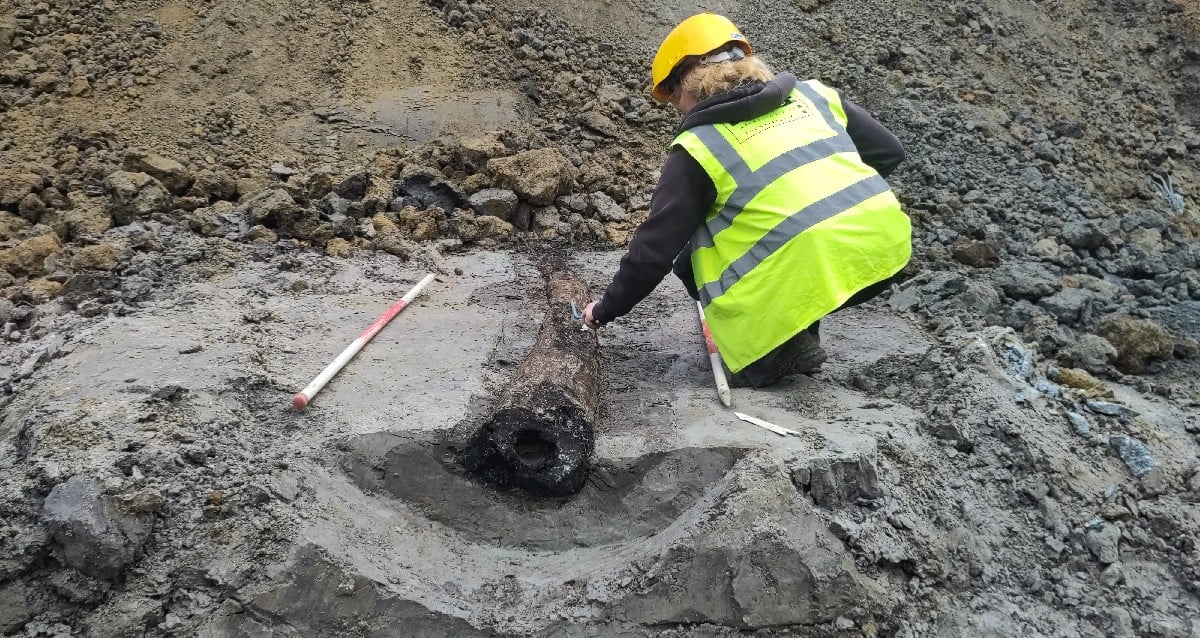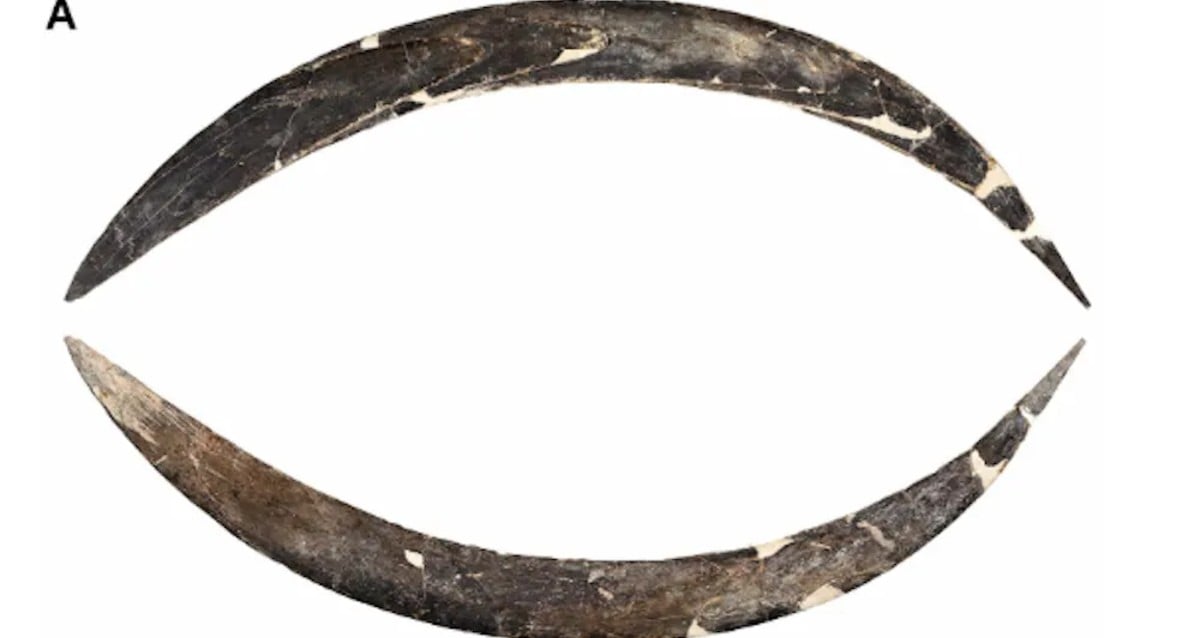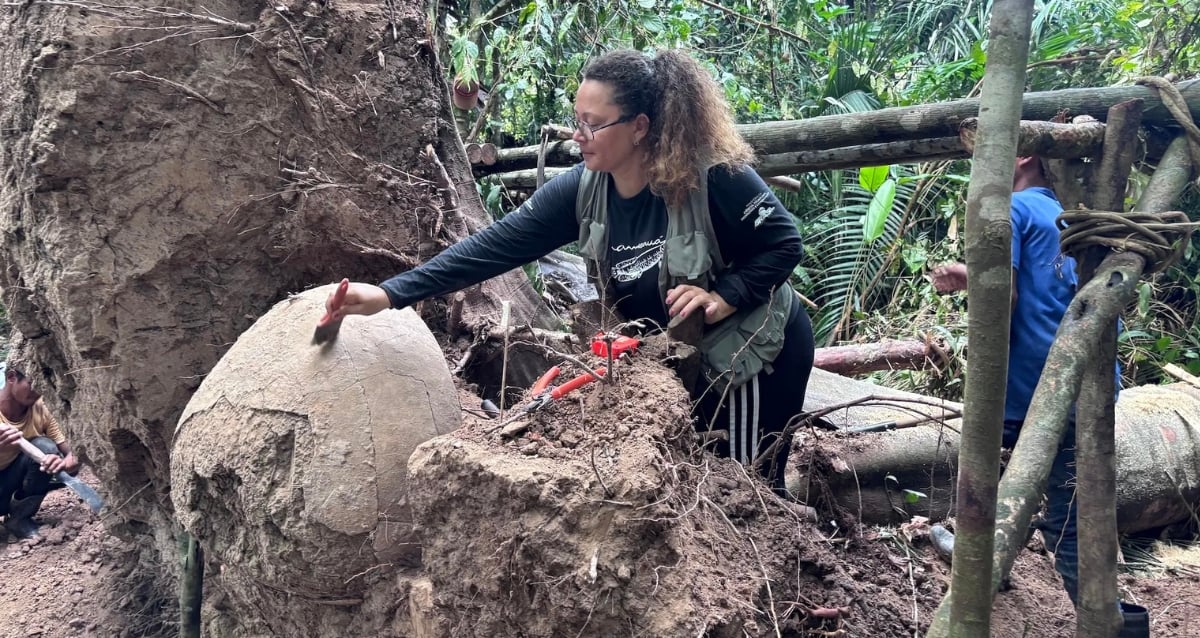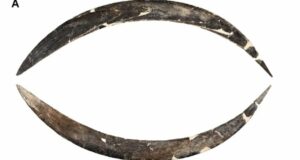Hidden Beneath Belgium’s Streets, Ancient Wooden Roman Pipes Rewrite History—What Secrets Do They Hold?
The Roman-Era Wooden Pipe In Leuven
According to a press release from the Leuven City Council, the Roman pipe was found during excavations beneath Brusselsestraat ahead of the construction of new student housing. The pipe is between 65 and 100 feet long and made from hollow tree trunks, which each measure about six feet in length.
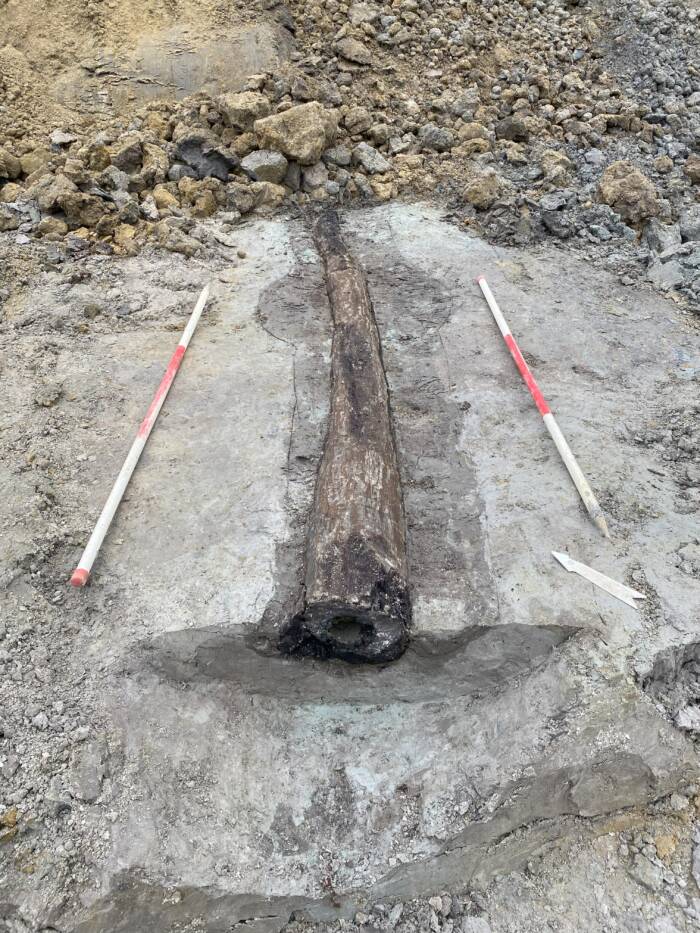
Leuven City CouncilThe wooden pipe is between 65 and 100 feet long and is in remarkably good condition.
In other Belgian cities like Tienen, archaeologists have found “indications of what used to be… wooden Roman water pipe[s],” but the pipe found in Leuven is “a unique archaeological find for in Flanders.” It is the first time a complete Roman wooden water pipe has been discovered in the region.
“That intersection was probably at the Blauwe Hoek in Leuven, a place where the [Dyle River] could be forded. It is also the Dyle that has ensured that the wooden water pipe that was found has been exceptionally well preserved for all those centuries,” Dirk Vansina, councillor for Public Works, explained. “Wood rots away when the groundwater level alternates between wet and dry. Due to the proximity of the Dyle, the subsoil here was always marshy and the ravages of time have been very gentle on this water pipe.”
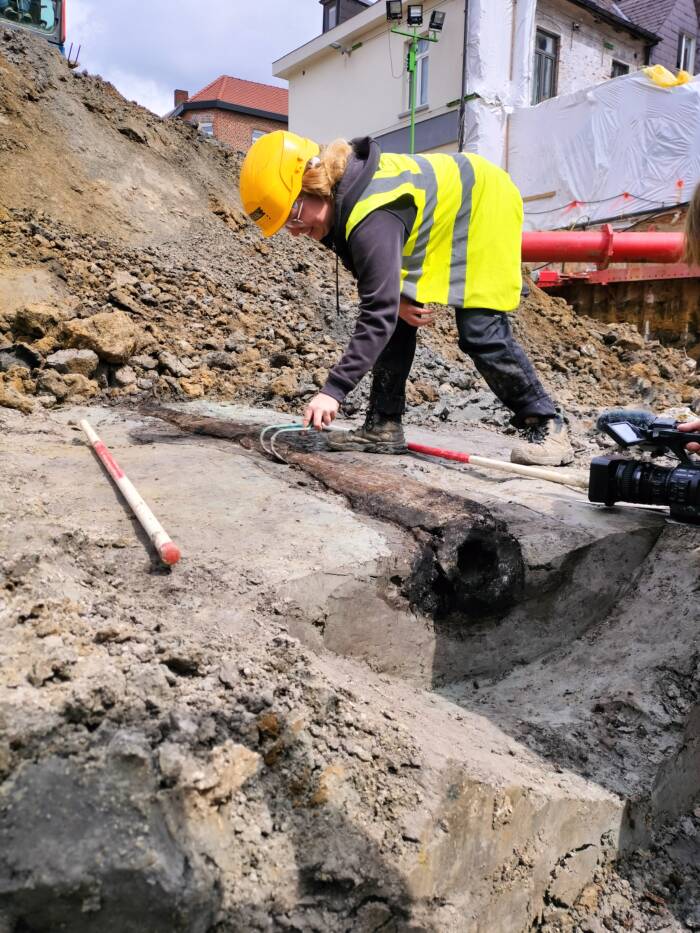
Leuven City CouncilAn archaeologist with the Roman-era wooden pipe, which is a “unique archaeological find” and a first for the Flanders region.
Though archaeologists plan to conduct dendrochronological analysis on the pipe (a study of its tree rings) in order to determine its age, they believe that it dates to between the first and third centuries C.E. During this time, Leuven was one of the countless outposts on the outskirts of the Roman Empire.
